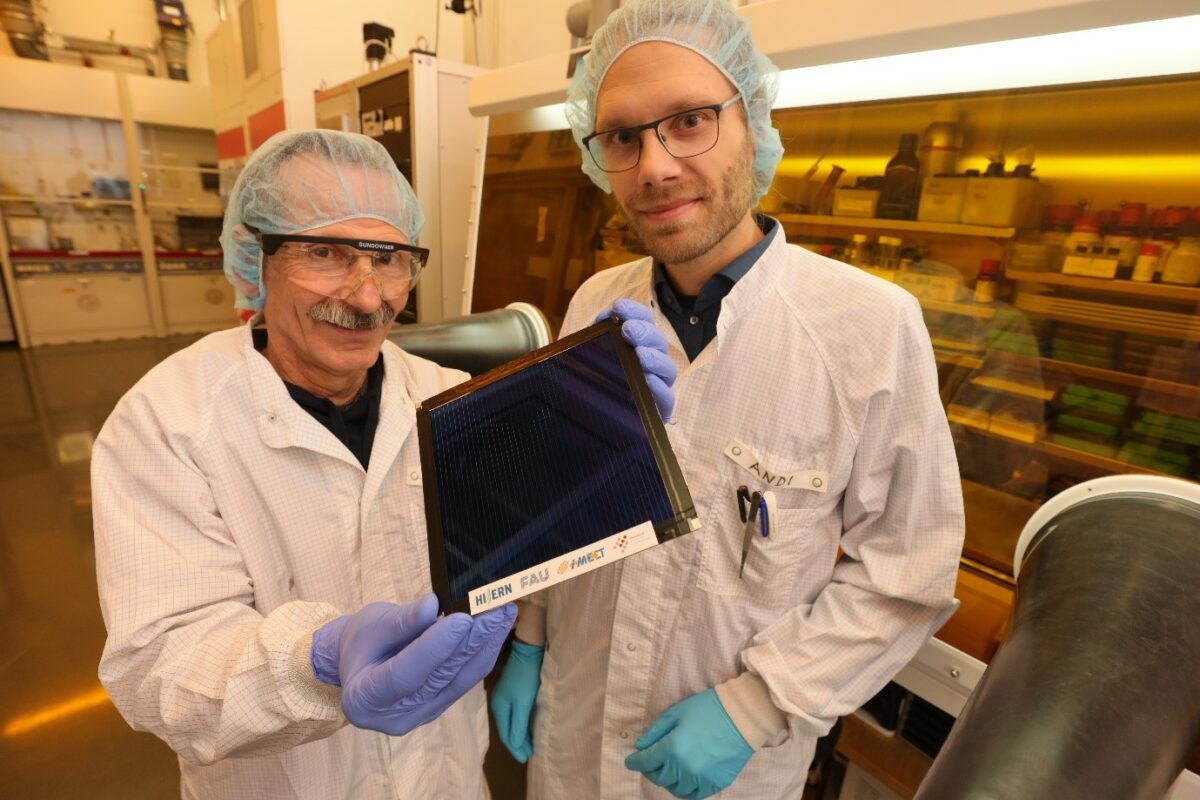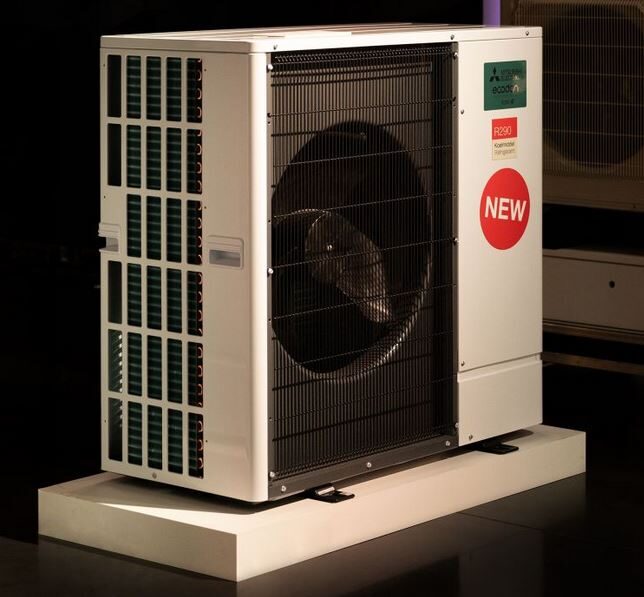Researchers at the Friedrich-Alexander-Universität Erlangen-Nürnberg in Germany have created a digital twin for PV materials in an effort to accelerate innovation in the PV manufacturing industry.
Digital twins are used in engineering science to define digital counterparts of existing physical assets. They are conceptually different from multi-scale simulations and are commonly used to assess the physical assets' current and future state via real-time sensors and physical models.
“We attempt to connect high-throughout experimentation and theory,” the research's corresponding author, Ian Marius Peters, told pv magazine. “The particular digital twin that we envision goes beyond a mere representation of the experimental infrastructure we have, it becomes itself a part of it. The challenge we want to tackle is to devise entirely new materials for photovoltaic applications, from the molecular design all the way to the integrated solar cell. To achieve this, we must be able to quickly sort through many different molecules, processing conditions, layer stacks and operating conditions.”
According to Peters, the key is combining high-throughput (HT) experimentation and theoretical modeling. “Mathematically, this becomes an optimization over several connected processes with different time- and length scales,” he went on to say. “The digital twin now is a combination of various models and optimization routines such as Bayesian optimization and Gaussian process regression. These are fed with experimental data at the different stages to allow this optimization.”
This tool is being conceived to allow researchers and manufacturers an information flow across all stages. “For example, if we want to have a material that is intrinsically recyclable with a certain process, we feed this information into the digital twin, which allows us to start the design process of the molecules with the boundary conditions provided by the need to facilitate this recycling,” Peters added.
In the study “A digital twin to overcome long-time challenges in photovoltaics,” published in Joule, Peters and his colleagues explained that innovations are often found in photovoltaic research through “serendipity” and said disruptive discoveries will be less frequent in the future. The proposed digital twin is expected to help increase the number of discoveries by reducing the gap between first-principles calculations and experiments, as it enables “informed” decision-making without direct information on a given asset.
The most important features of the proposed digital twin are redundancy rejection, uncertainty quantification, and real-time prediction. It relies on the materials acceleration platforms (MAPs), which divide the experimental space into molecules, films, and devices, and also utilizes.
“The digital twin aims at attaining inverse molecular and process design capacity to discover design principles and new materials with unseen properties, matching currently contradicting requirements,” the research group explained. “The digital twin will allow us to exploit HT, capable, and fast proxy experiments, using cascading surrogates to predict properties across scales and extracting optimized solutions.”
Looking forward, the scientists said merging across labs and scales will be crucial to improve data validation and parametrization of first-principle modeling, respectively. Furthermore, they want to establish optimized processes for material designs. “By enhancing the digital twin’s ability to optimize under uncertain conditions, we can ensure that it is capable of leveraging knowledge while also delivering efficient and reliable solutions for designing high-quality materials,” they concluded.
This content is protected by copyright and may not be reused. If you want to cooperate with us and would like to reuse some of our content, please contact: editors@pv-magazine.com.




1 comment
By submitting this form you agree to pv magazine using your data for the purposes of publishing your comment.
Your personal data will only be disclosed or otherwise transmitted to third parties for the purposes of spam filtering or if this is necessary for technical maintenance of the website. Any other transfer to third parties will not take place unless this is justified on the basis of applicable data protection regulations or if pv magazine is legally obliged to do so.
You may revoke this consent at any time with effect for the future, in which case your personal data will be deleted immediately. Otherwise, your data will be deleted if pv magazine has processed your request or the purpose of data storage is fulfilled.
Further information on data privacy can be found in our Data Protection Policy.